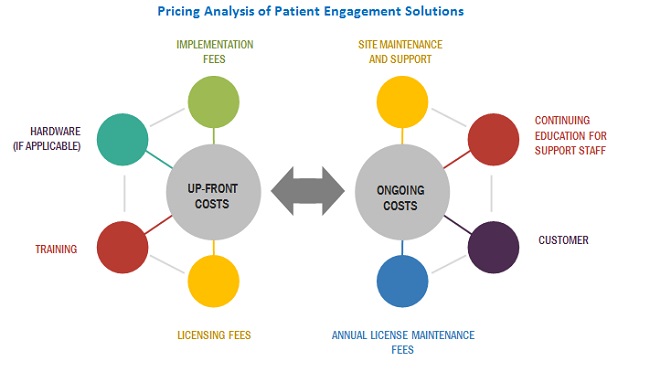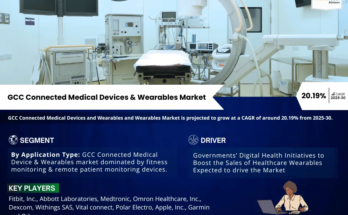The patient engagement technology market is expected to grow as the healthcare industry witnesses a shift to a value-based reimbursement system from the traditional volume-based fee for reimbursement system rapidly. Adoption of patient engagement technology enables the healthcare industry to reduce costs while improving the quality of healthcare. The technology also provides positive returns on investment.
The global patient engagement solutions market is valued at an estimated USD 11.7 billion in 2019 and is projected to reach USD 25.9 billion in 2024, at a CAGR of 17.1% during the forecast period.
Download PDF Brochure:
https://www.marketsandmarkets.com/pdfdownloadNew.asp?id=195345983
Market Dynamics
Driver: Benefits to patients/patient empowerment
Patients will adopt patient engagement solutions if they benefit from their use. In most cases, these benefits are direct monetary benefits. A white paper published by UbiCare stated that due to the use of PES, there is a 25% per day reduction in LOS (length of stay) for hip replacement patients and 13% for knee replacement patients.
Other benefits of these solutions include patient empowerment with higher levels of health literacy, timely appointment scheduling with doctors/caregivers, increased adherence to prescribed medical treatments, and consultation with providers through online tools. The adoption of patient engagement solutions depends on the degree of empowerment they offer to patients. Patients become more active in their care when they have access to their health records and can monitor their health status
Restraint: Lack of HCIT Infrastructure
Limited or poor HCIT infrastructure in developing and underdeveloped countries is resulting in the low awareness and enrolment of patients for PES. The successful implementation of PES requires heavy investments in healthcare IT infrastructure.
Investments are necessary for increasing data storage and processing capabilities.
Web-based and mobile tools such as Android and iOS apps need to be developed to ensure patient participation and exchange of health information.
IT developers are required to create sophisticated tools to store, analyze, and report data as well as support decision-making.
Restraint: High Cost
Certain patient engagement solutions are complex, and their cost can be a burden to patients. As a part of this study involving 250+ participants, MNM found around 29% of physicians are reluctant to encourage patients to adopt these solutions due to their high costs. Around 51–55% of hospital executives and clinical leaders say that payers should incur the cost of adopting patient engagement technologies. Physicians suggest that chronically ill patients must access these tools to understand their treatment regime better, yet they are unable to do so due to the high cost of PES. Lowering the cost of PES would ensure their increased adoption, and a higher number of physicians can recommend these solutions to patients.
Request Sample Report
https://www.marketsandmarkets.com/requestsampleNew.asp?id=195345983
Scope of the Report
This report provides a qualitative assessment of the patient engagement technology in terms of pricing, vendor replacement trends, factors affecting replacement trends, and selection criteria of adopting patient engagement technology from providers’ perspective.



